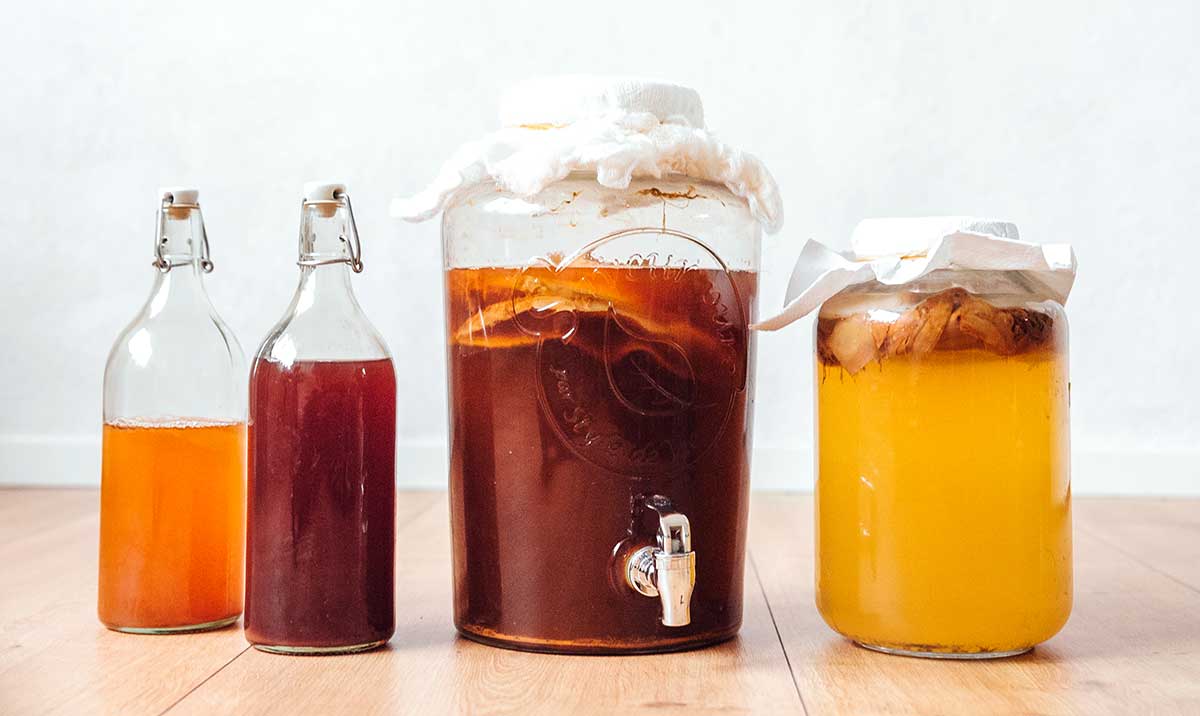

Articles
How To Store Scoby Between Brews
Modified: January 6, 2024
Learn how to store your Scoby in between brews with our helpful articles. Keep your Scoby healthy and ready for your next kombucha batch!
(Many of the links in this article redirect to a specific reviewed product. Your purchase of these products through affiliate links helps to generate commission for Storables.com, at no extra cost. Learn more)
Introduction
When it comes to brewing kombucha, a key component that plays a vital role in the fermentation process is the SCOBY. Short for “Symbiotic Culture of Bacteria and Yeast,” a SCOBY is a gel-like disc that forms on top of the kombucha brew. It contains a rich colony of beneficial bacteria and yeast, transforming sweet tea into a tangy and probiotic-rich beverage loved by many.
While most kombucha enthusiasts focus on the brewing process, it’s equally important to pay attention to what happens to the SCOBY between brews. Storing the SCOBY properly prolongs its lifespan and ensures the continued success of your future kombucha batches. In this article, we will dive into the details of how to store a SCOBY between brews, considering the factors to consider, and providing a step-by-step guide to help you along the way.
Key Takeaways:
- Properly storing your SCOBY between brews is essential for maintaining its health, preventing contamination, and ensuring the longevity of your kombucha batches.
- Factors such as temperature, air circulation, and cleanliness play a crucial role in maintaining a healthy SCOBY while in storage, leading to successful future kombucha fermentations.
Read more: How To Store Scoby Between Batches
What is a SCOBY?
A SCOBY, which stands for “Symbiotic Culture of Bacteria and Yeast,” is the essential ingredient in the kombucha brewing process. It is a thick, rubbery, and jelly-like disc that floats on top of the brewing liquid, fermenting the sweet tea into tangy and fizzy kombucha. The SCOBY is a living colony made up of various strains of beneficial bacteria and yeast.
The bacteria in the SCOBY, mainly Acetobacter and Gluconacetobacter, consume the sugars in the tea to produce acetic acid, giving kombucha its distinct tangy flavor. The yeast in the SCOBY, typically Saccharomyces cerevisiae, consumes the sugars and produces alcohol, which is further converted into carbon dioxide and other flavor compounds.
SCOBYs vary in appearance, ranging from thin and translucent to thick and opaque. They can also have different colors, such as white, cream, or brown. The variations in appearance are due to the different strains of bacteria and yeast present, as well as the age and health of the SCOBY.
SCOBYs are usually shared between kombucha brewers or obtained from reputable sources. It’s important to get a healthy, well-cultured SCOBY to ensure successful fermentation. A vibrant and active SCOBY should have a firm consistency, smooth surface, and an even thickness throughout.
As the kombucha brews, the SCOBY forms a new layer with each fermentation cycle. Over time, the SCOBY can become quite thick, and to maintain its health, it’s necessary to separate the layers periodically. This allows the older layers to be discarded or used to start new batches, while keeping the freshest layer for ongoing fermentation.
Why is it important to store SCOBY between brews?
Properly storing your SCOBY between brews is crucial for maintaining its health and ensuring successful future kombucha batches. Here are a few key reasons why storing the SCOBY is important:
- Preservation of SCOBY health: By storing the SCOBY correctly, you create an environment that allows it to remain healthy and active. This is essential for the fermentation process and the production of delicious and probiotic-rich kombucha.
- Prevention of contamination: Storing the SCOBY properly reduces the risk of contamination by unwanted bacteria, molds, or other microorganisms that can negatively impact the fermentation process. Contamination can result in off-flavors, unpleasant textures, or even the loss of an entire batch.
- Extended lifespan: When properly stored, a SCOBY can be kept and used for multiple brews, extending its lifespan and saving you the effort of constantly sourcing or creating a new SCOBY.
- Convenience and flexibility: Storing the SCOBY properly allows you to take breaks between brews, adjust your brewing schedule, or experiment with different flavors and ingredients without losing the integrity of your SCOBY.
Overall, storing your SCOBY between brews ensures its longevity, prevents contamination, and provides you with the flexibility to continue brewing high-quality kombucha whenever you’re ready.
Factors to consider when storing SCOBY
Storing your SCOBY properly between brews is essential for maintaining its health and ensuring the success of your future kombucha batches. Here are some important factors to consider when storing your SCOBY:
- Temperature: The temperature at which you store your SCOBY affects its activity and growth. Ideally, the SCOBY should be stored at a temperature between 68°F and 78°F (20°C and 25°C). Avoid storing it in extremely hot or cold environments, as this can lead to damage or inhibit its fermentation capabilities.
- Air circulation: SCOBYs thrive in an environment with proper air circulation. This ensures that it receives enough oxygen to support the fermentation process. When storing your SCOBY, choose a container or vessel that allows for some airflow, such as a brewing jar with a breathable cloth cover or a loosely sealed container.
- Light exposure: SCOBYs are sensitive to light, especially direct sunlight. Exposure to light can damage the SCOBY and lead to off-flavors or slow fermentation. Store your SCOBY in a dark or dimly lit area to protect it from excessive light exposure.
- Cleanliness: Ensure that the storage container or vessel is clean and free from any residues, as these can introduce unwanted contaminants to the SCOBY. Use hot water and mild soap to clean the container, and rinse it thoroughly before placing the SCOBY inside.
- Liquid storage: When storing the SCOBY, it’s important to keep it in a sufficient amount of liquid to prevent it from drying out or becoming dormant. The liquid can be a combination of brewed and cooled sweet tea or the liquid from the previous kombucha batch.
By considering these factors and creating an optimal storage environment, you can ensure the health and vitality of your SCOBY during the storage period, leading to successful future kombucha fermentations.
After brewing kombucha, store the SCOBY in a glass jar with enough kombucha to cover it. Keep it at room temperature and away from direct sunlight until ready to use again.
Step-by-step guide to storing SCOBY between brews
Properly storing your SCOBY between brews is essential for maintaining its health and ensuring successful future kombucha batches. Follow these steps to store your SCOBY between brews:
- Prepare the storage container: Clean and sanitize a glass jar, ensuring that it is large enough to comfortably hold your SCOBY and enough liquid to cover it. Avoid using containers made of metal, plastic, or any other material that may leach harmful substances into the SCOBY or have an adverse effect on the fermentation process.
- Prepare the storage liquid: Prepare a suitable storage liquid by brewing and cooling a fresh batch of sweet tea. It should be the same ratio of tea to sugar that you use for brewing kombucha. Alternatively, you can reserve some liquid from your previous batch of kombucha. Make sure the liquid is at room temperature before proceeding.
- Remove the SCOBY: Gently remove the SCOBY from the brewing vessel, ensuring that your hands are clean and sanitized. If there are multiple layers of SCOBY, separate them by carefully peeling them apart. Set aside any layers that are too old or thick, as they can be discarded or used for other purposes.
- Place the SCOBY in the storage container: Carefully transfer the desired layers of SCOBY into the sanitized storage container. Ensure that the SCOBY is positioned flat and submerged in the storage liquid. If the SCOBY floats to the top, use a sanitized weight, such as a glass jar or a clean stone, to hold it down.
- Store in a suitable environment: Place the container with the SCOBY in the designated storage area. Ensure that the temperature is within the recommended range of 68°F to 78°F (20°C to 25°C). Keep the container away from direct sunlight and in an area with proper air circulation.
- Check and maintain: Regularly check on the SCOBY, ensuring that it remains submerged in the storage liquid. If necessary, top up the container with more storage liquid to ensure proper coverage. Ideally, check on the SCOBY every 1-2 weeks to ensure its health and make any necessary adjustments.
By following these steps and creating an ideal storage environment, you can maintain the health and vitality of your SCOBY, ensuring successful future kombucha fermentations.
Read more: How To Store A Scoby
Tips for maintaining a healthy SCOBY while in storage
Properly storing your SCOBY between brews is important for its health and the success of your future kombucha batches. Here are some helpful tips to ensure that your SCOBY remains healthy while in storage:
- Keep the environment clean: When handling the SCOBY or working with your storage container, make sure everything is clean and sanitized. This helps prevent the growth of unwanted bacteria or mold that can negatively impact the SCOBY.
- Maintain the right temperature: Ensure that the storage area maintains a temperature between 68°F and 78°F (20°C and 25°C). Extreme temperatures can affect the SCOBY’s activity and overall health.
- Monitor the storage liquid: Regularly check the storage liquid to ensure that it remains at the correct level. If the liquid decreases, add more brewed and cooled sweet tea to maintain proper coverage of the SCOBY.
- Inspect the SCOBY: Periodically check the SCOBY for any signs of contamination, such as unusual colors, fuzzy patches, or foul odors. If you notice any of these signs, it may be an indication that the SCOBY is compromised and needs to be discarded and replaced.
- Rotate the SCOBY layers: To prevent the SCOBY from becoming too thick or old, periodically rotate the layers by removing the older ones and adding fresh ones from a previous batch. This helps maintain the vitality of the SCOBY.
- Use the SCOBY periodically: Even when in storage, it’s beneficial to use the SCOBY occasionally to brew a batch of kombucha. This keeps it active and prevents it from going dormant. Use the SCOBY to brew a batch, and then return it to the storage container with fresh storage liquid.
- Be mindful of storage duration: While SCOBYs can be stored for several weeks or even months with proper care, it’s best to use a SCOBY within a reasonable timeframe. The longer it’s stored, the higher the risk of potential issues or a decline in vitality.
By following these tips, you can maintain a healthy SCOBY while it’s in storage, ensuring its readiness for successful future kombucha fermentations.
Common mistakes to avoid when storing SCOBY
Properly storing your SCOBY between brews is crucial for maintaining its health and ensuring successful future kombucha batches. To avoid any potential issues, here are some common mistakes to avoid when storing your SCOBY:
- Using the wrong storage container: Avoid using containers made of metal or plastic, as they can leach harmful substances into the SCOBY or interfere with the fermentation process. Opt for a glass container that is clean, sanitized, and free from any residue.
- Exposing the SCOBY to direct sunlight: SCOBYs are sensitive to light, especially direct sunlight. Excessive light exposure can damage the SCOBY and negatively impact the fermentation. Store your SCOBY in a dark or dimly lit area to protect it from prolonged sunlight exposure.
- Storing the SCOBY in extreme temperatures: The temperature at which you store the SCOBY is crucial for its activity and overall health. Avoid storing it in extremely hot or cold environments, as this can hinder the fermentation process and damage the SCOBY. Maintain a temperature range of 68°F to 78°F (20°C to 25°C).
- Allowing the SCOBY to dry out: A SCOBY needs to stay moist to remain active and healthy. Ensure that the SCOBY is stored in enough liquid to prevent it from drying out. If the liquid decreases, add more brewed and cooled sweet tea to maintain proper coverage.
- Neglecting cleanliness and sanitation: Cleanliness is essential when it comes to storing your SCOBY. Make sure all utensils, storage containers, and your hands are clean and sanitized. Failure to maintain cleanliness can result in unwanted bacteria or contaminants affecting the SCOBY.
- Forgetting to check on the SCOBY: While the SCOBY is in storage, it’s important to regularly check on its health. Ensure that it remains submerged in the storage liquid and inspect it for any signs of contamination. A healthy SCOBY should have a firm consistency and a pleasant aroma.
- Keeping the SCOBY in storage for too long: While SCOBYs can be stored for weeks or months, it’s best to use them within a reasonable timeframe. The longer the SCOBY is stored, the higher the risk of potential issues or a decline in vitality. Aim to use the SCOBY within a few weeks to maintain its health and vigor.
By avoiding these common mistakes, you can ensure that your SCOBY remains healthy and ready to produce delicious kombucha in the future.
Conclusion
Properly storing your SCOBY between brews is crucial for maintaining its health and ensuring successful future kombucha batches. By considering various factors such as temperature, air circulation, light exposure, cleanliness, and liquid storage, you can create an optimal storage environment for your SCOBY. Following a step-by-step guide and implementing tips for maintaining a healthy SCOBY while in storage will help preserve its vitality.
Avoid common mistakes such as using the wrong storage container, exposing the SCOBY to direct sunlight, storing it in extreme temperatures, allowing it to dry out, neglecting cleanliness and sanitation, and keeping it in storage for too long. By being mindful of these potential pitfalls, you can ensure the continued well-being of your SCOBY.
Remember, a healthy SCOBY leads to successful fermentations and delicious kombucha. With proper storage and care, you can maintain the longevity of your SCOBY, enjoy continuous batches of tangy and probiotic-rich kombucha, and even share your SCOBY with other enthusiasts.
So, treat your SCOBY with care, make sure it has a suitable storage environment, and enjoy the benefits of your home-brewed kombucha for years to come!
Frequently Asked Questions about How To Store Scoby Between Brews
Was this page helpful?
At Storables.com, we guarantee accurate and reliable information. Our content, validated by Expert Board Contributors, is crafted following stringent Editorial Policies. We're committed to providing you with well-researched, expert-backed insights for all your informational needs.
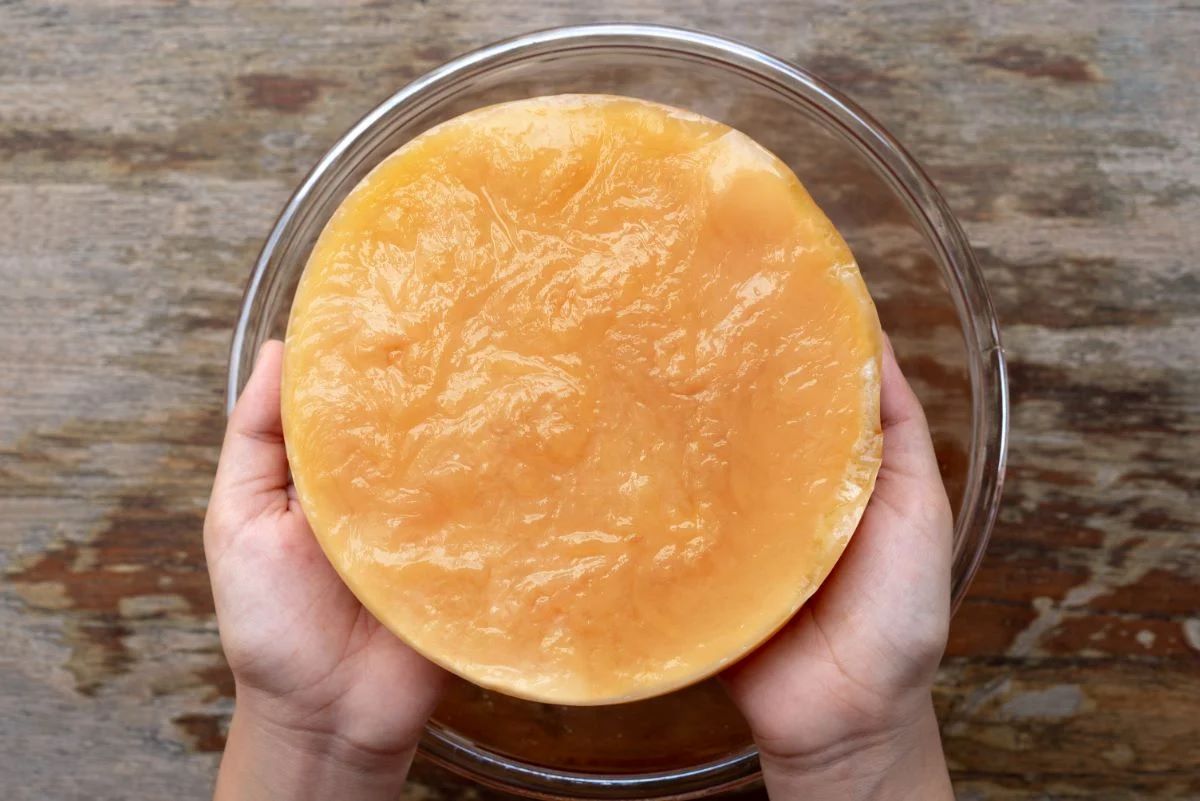
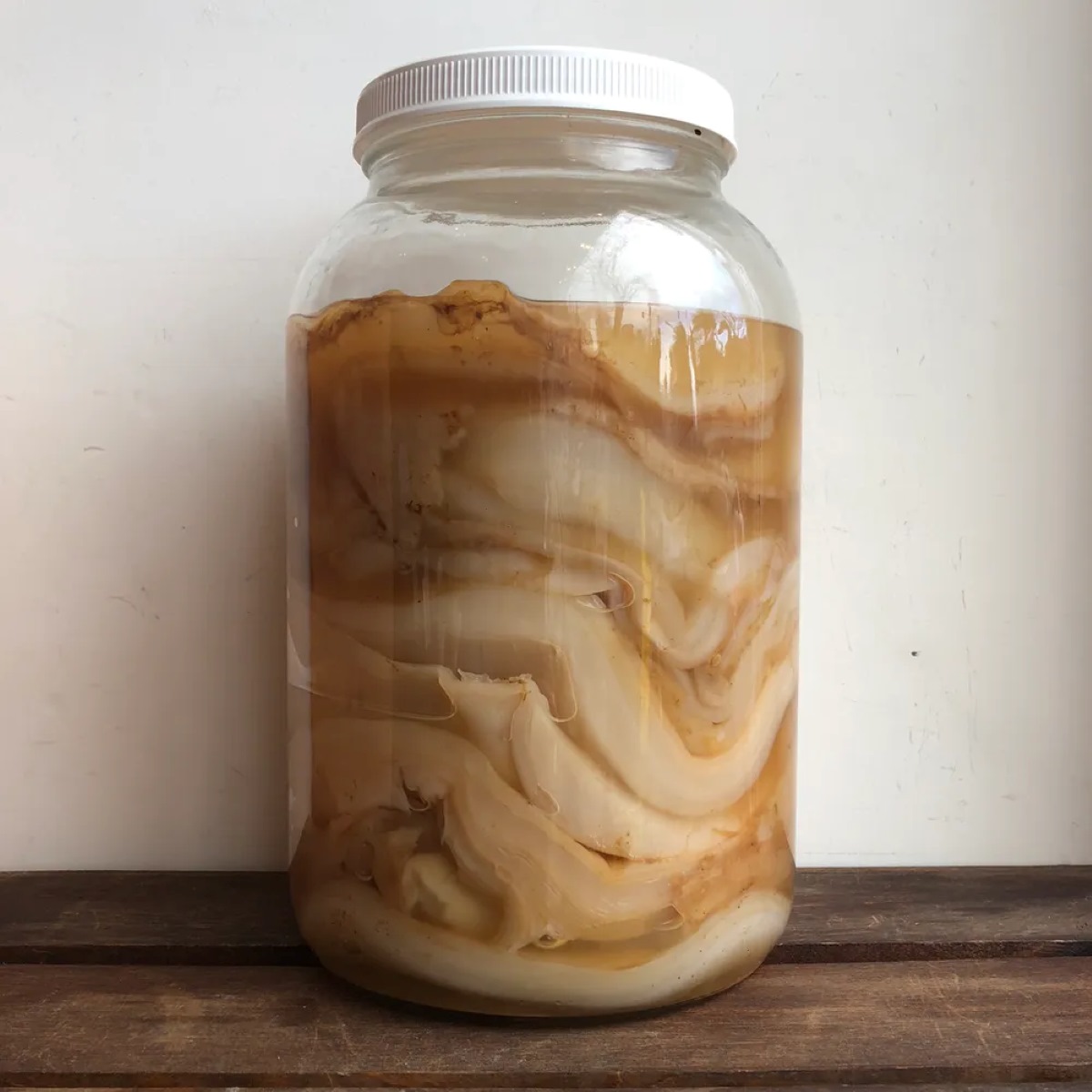
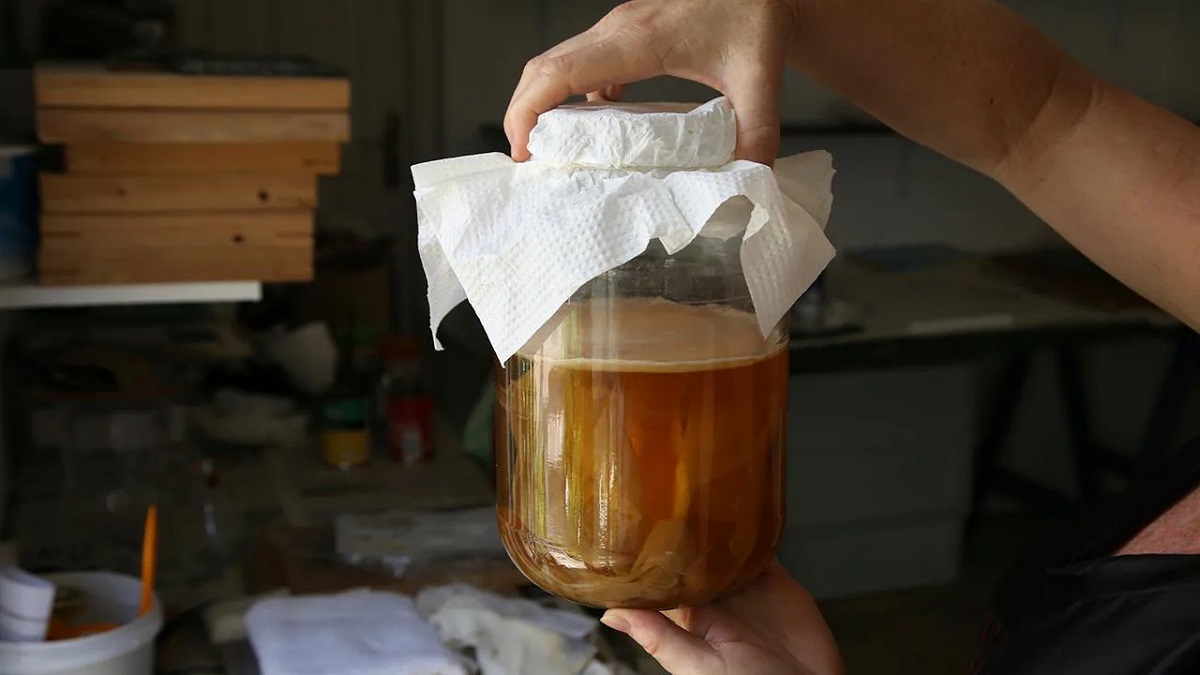
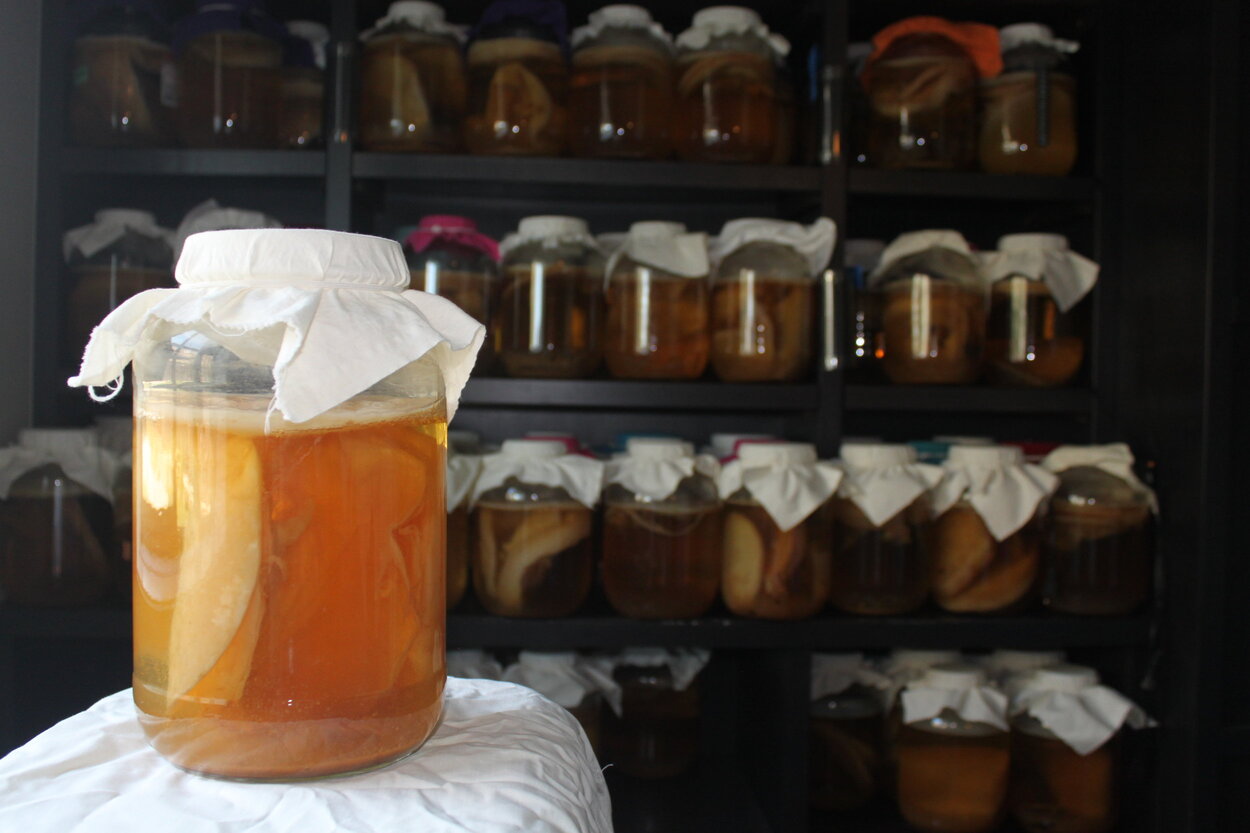

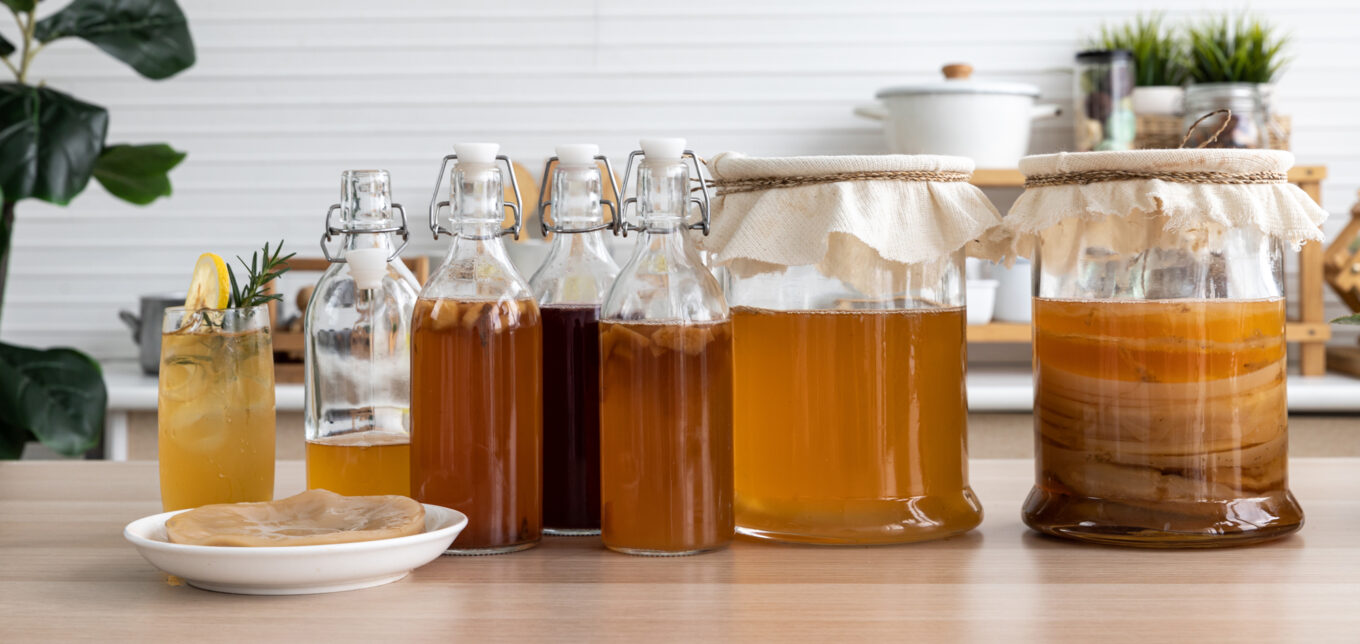

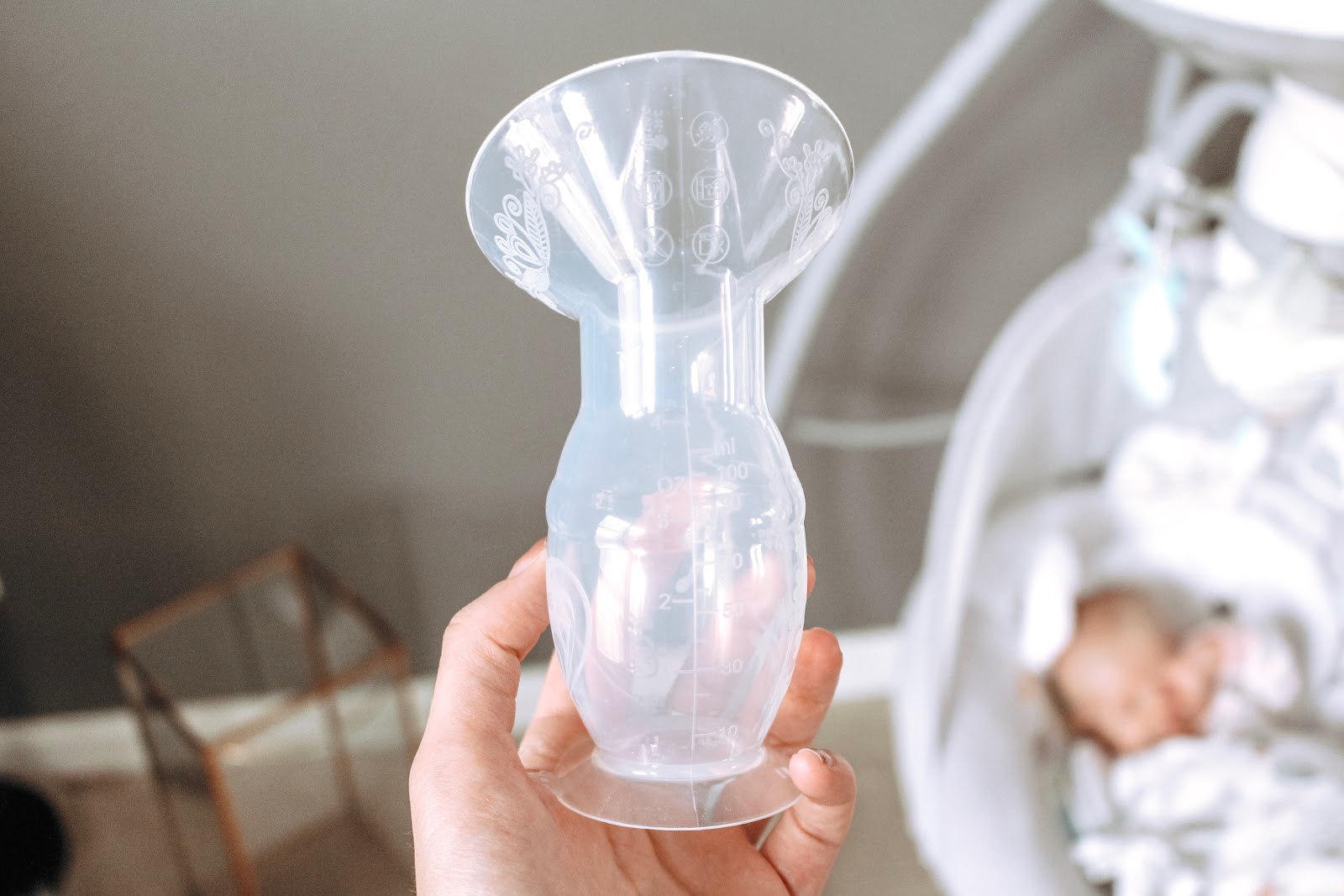

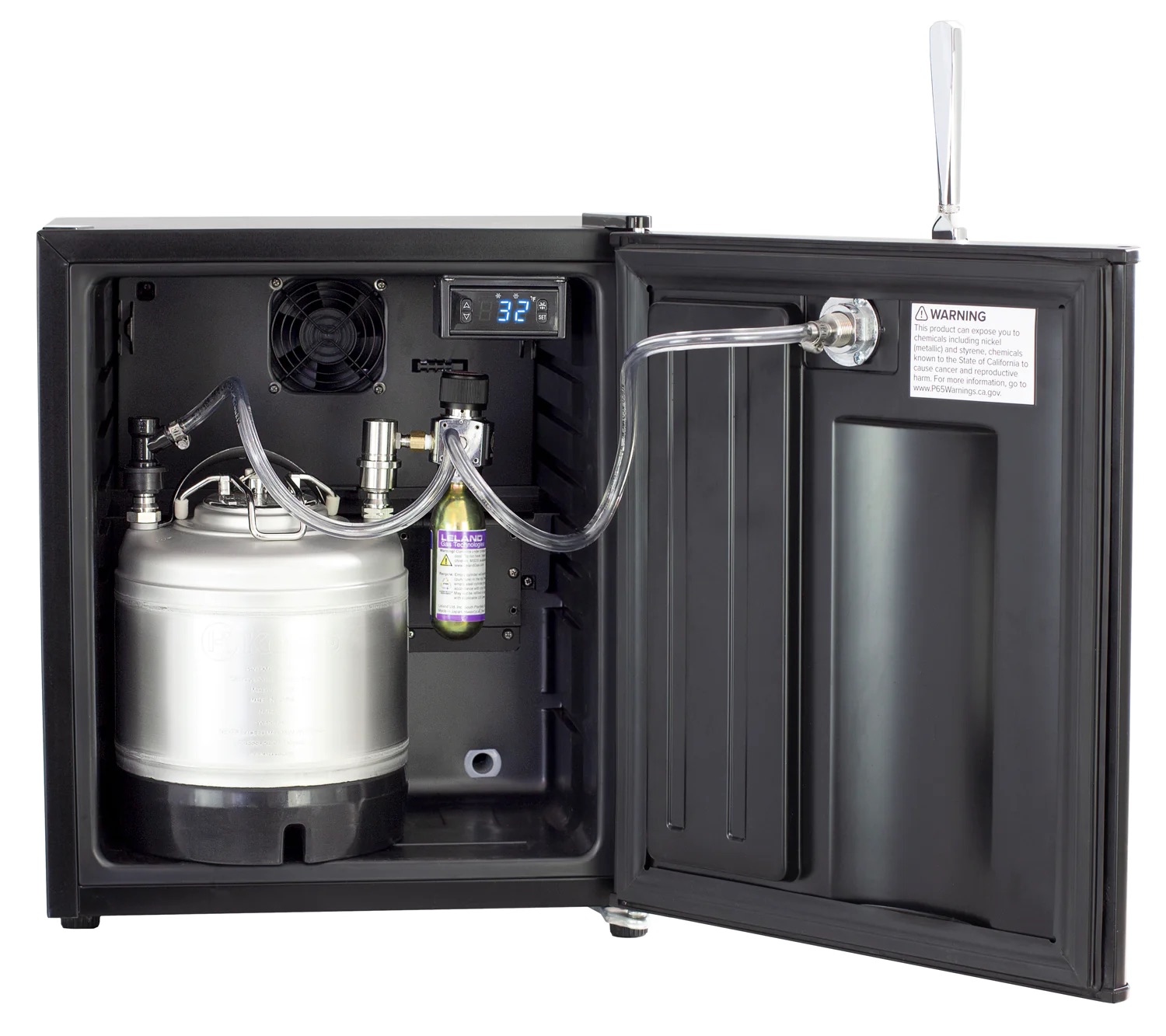



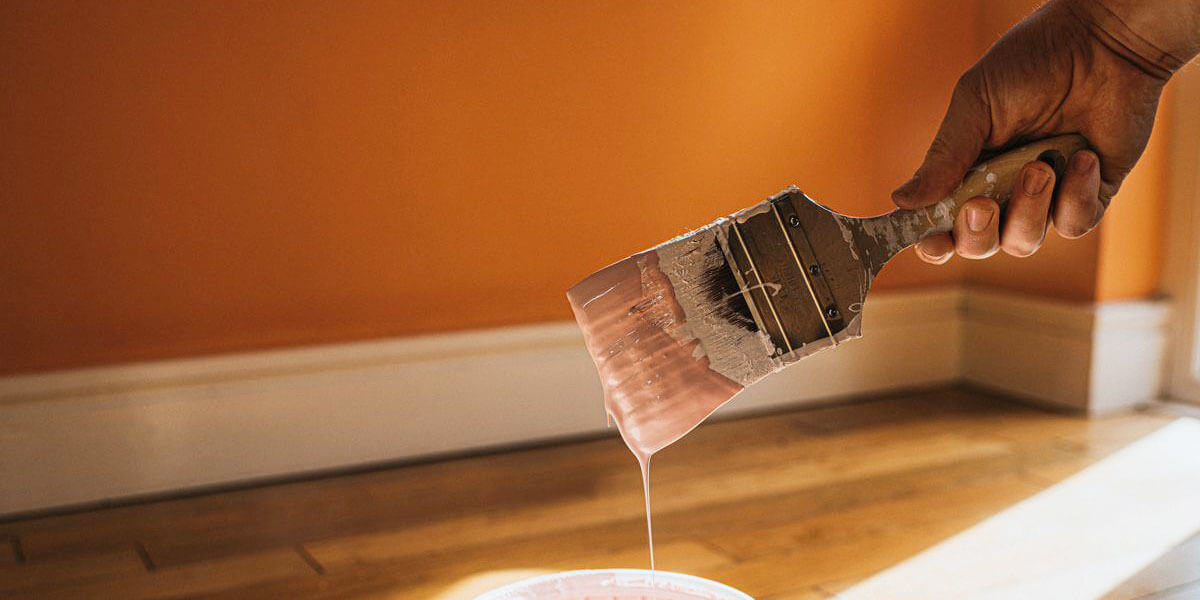

0 thoughts on “How To Store Scoby Between Brews”